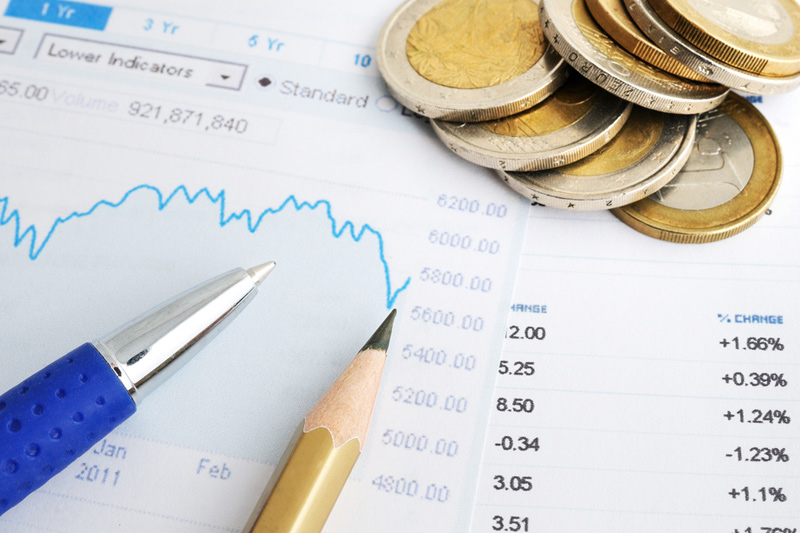By Jamie McGeever
ORLANDO, Florida (Reuters) – China, the global growth engine for the last 20 years, now boasts lower long-term bond yields than Japan, the former poster child for deflationary economic stagnation. This may signal that the “factory to the world” faces the real risk of “Japanification.”
China’s bond yields have plunged to their lowest levels on record, with the two-year yield about to break below 1.00%, having been 1.50% only a few months ago. Remarkably, China’s 30-year yield recently fell below the Japanese Government Bond (JGB) yield for the first time ever.
That phenomenon looks set to hit the 10-year tenor, with China’s bond yield now less than 50 basis points above its JGB equivalent.
It’s a situation that would have scarcely been believable to any observer of the global economy over the past 30 years. But here we are.
The collapse in Chinese yields is a reminder that the deflation, bad debt dynamics and troubling demographic trends plaguing Asia’s largest economy today are strikingly similar to those that hobbled its fiercest regional rival for three decades.
CAPITAL FLIGHT
Japan has recently begun to free itself from its decades of deflation, sluggish growth and negative interest rates, enabling the Bank of Japan to begin gradually “normalizing” rate policy.
Meanwhile, Beijing is struggling to reflate an economy slammed by COVID-19 pandemic shutdowns and a property sector bust. Deflation, lackluster consumer demand and capital flight forced Beijing to announce unprecedented stimulus and liquidity measures late last year.
Investors initially cheered Beijing’s pledges, but the optimism has faded quickly. Chinese stocks are down 5% so far this year and are underperforming their regional and global peers.
The country’s foreign exchange reserves also tumbled $64 billion in December, representing nearly 2% of China’s total stash. This was the biggest monthly fall since April 2022 and one of the steepest since the yuan slide and capital flight of 2015-2016. Analysts at JP Morgan reckon the sharp drop was a result of Beijing’s efforts to mitigate capital outflows in December, which they believe neared $80 billion.
China’s plight is exacerbated by the very real risk of another U.S.-Sino trade war once President-elect Donald Trump officially begins his second term in the White House later this month.
And if UBS economists are right, China’s economy will grow just 4.0% in 2025 compared with 4.9% last year. Apart from the pandemic-ravaged years of 2020 and 2021, that would be China’s lowest growth since it emerged as a global economic force in the 1990s.
Those with a decent memory will recall that it took decades for Japanese property and equity prices to recover their pre-crash peaks following the country’s real estate bust in the early 1990s. It’s too early to know if a similar fate awaits Chinese assets, but investors right now are unquestionably pessimistic.
‘TACTICALLY NEUTRALISING’
Consequently, many are reevaluating their relative exposure to these two Asian powerhouses.
Societe Generale’s asset allocation team said at the end of last year that it was “tactically neutralising” the Chinese equity allocation in its portfolio from overweight, as it increased its exposure to Japan. This week, analysts at HSBC slashed their year-end forecast for China’s 10-year yield to 1.2% from 1.8%.
The generally pessimistic and optimistic consensus outlooks for China and Japan, respectively, are obviously not without risk.
Perhaps Japan won’t “normalize” as quickly as many expect. The country has not seen interest rates as high as 0.5% in nearly 20 years, which helps explain Japanese policymakers’ caution. Indeed, economists at Barclays (LON:BARC) recently pushed out their forecast for the next BOJ interest rate hike to March from January and the timing of the subsequent increase to October from July.
In the short term, the inverse correlation between Chinese and Japanese bond yields may fizzle out or even reverse, simply because it has been too powerful in recent months to be sustainable.
But longer term? Beijing has its work cut out.
(The opinions expressed here are those of the author, a columnist for Reuters.)
(By Jamie McGeever; Editing by Paul Simao)

